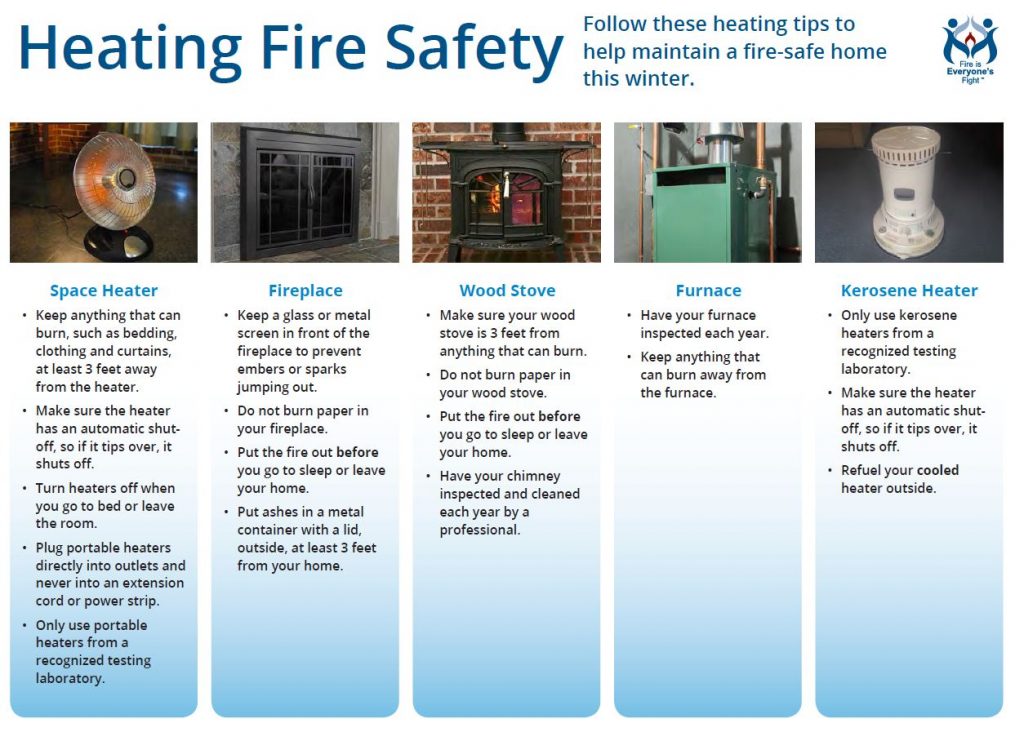Latest News
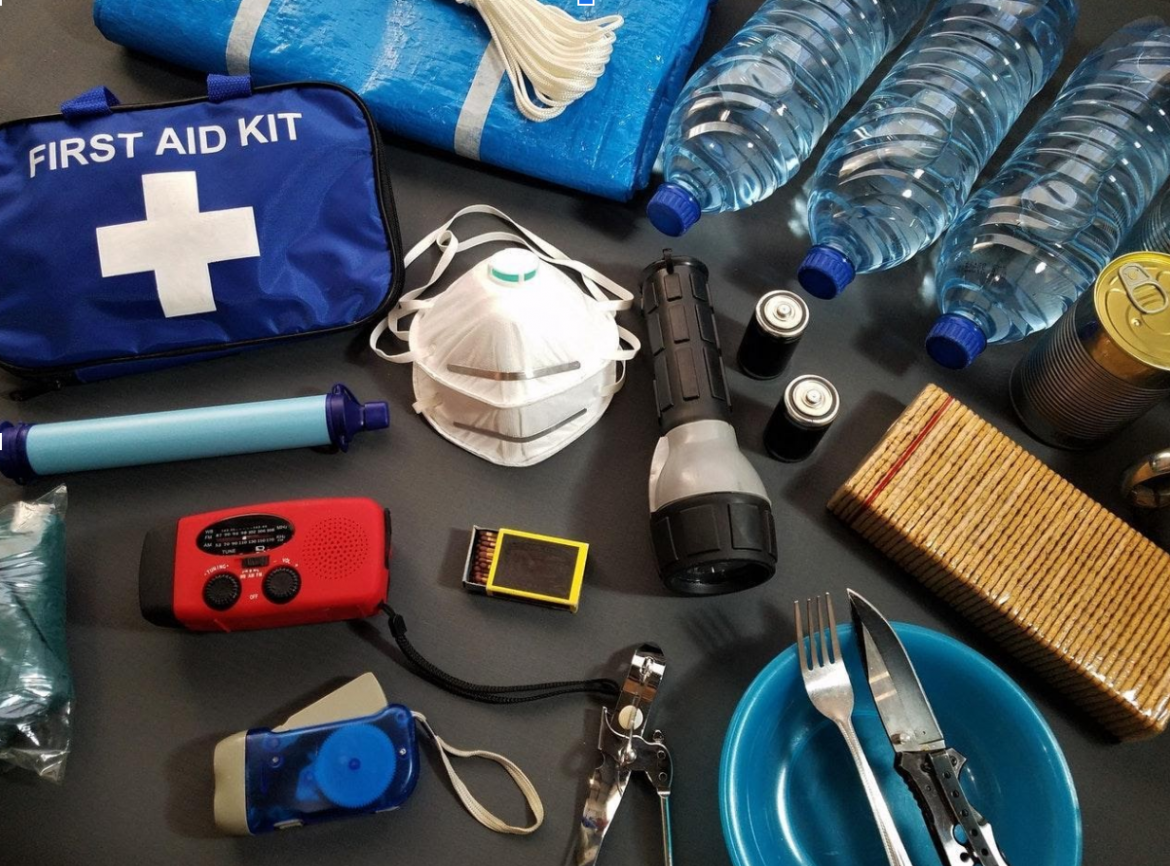
Tips for Any Natural Disaster
by DC Gabe Balsamo in General, Safety Tips
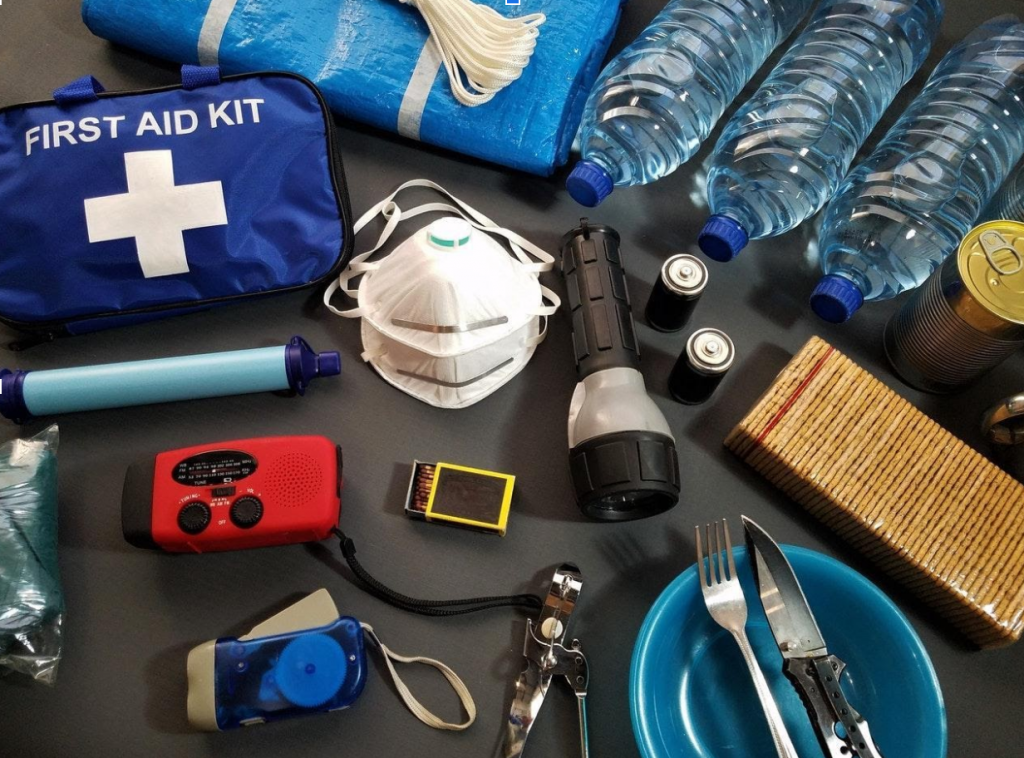
Image via Pexels
Tips for Any Natural Disaster
A natural disaster is the last thing any of us expect, but at some point in our lives, all of us will have to deal with one. By preparing for emergencies, you can rest easier knowing that you and your family have a plan and the supplies you need to survive the effects of something like wildfires, storms or flooding. Although every region has its own natural disaster hazards, the following tips from the North Madison Volunteer Fire Company can help you prepare for a number of different scenarios.
Research your area
The first step to being well-prepared is to learn more about the hazards in your area, so that you can tailor your plan and supplies to a specific type of natural disaster. For example, if your home is near a heavily forested area, keep wildfires in mind as a potential risk and plan accordingly. Those who live in the Eastern U.S. and Gulf Coast may want to prepare for the possibility of hurricanes or flooding, while Midwestern residents would be more concerned with the threat of tornadoes. Consider using a disaster app and signing up for emergency alerts. Once you know more about potential hazards in your area, talk to your insurance company to gain a clear picture of what type of coverage is available to you.
Pack an emergency kit
While your disaster “go bag” will be tailored to the risks in your specific area, there are several items that are important to pack for any natural disaster. Start with the essentials – such as three days’ worth of (nonperishable) food and water, a water filter, a flashlight, a two-way radio, extra batteries, a first aid kit, and multipurpose tools.
If you’re a senior taking medication or have a chronic illness, you will have a few additional considerations in packing your emergency kit. Include any prescription medications that you are taking, your list of emergency contacts, copies of your medicare or medicaid insurance information, as well as written information about your health issues and treatment. Consider storing these important documents in a fire-resistant folder or safe. If you live in a tornado-prone area, be sure that this safe and your supply kit is stored in the lower level or basement of your home.
Make a plan
Having a well-packed emergency kit isn’t enough on its own. You’ll need to know what to do to protect your family if disaster strikes. Start by learning the evacuation zones for natural disasters that are specific to your area and then create an evacuation plan. Pick two meeting spots – one near your home and one outside your neighborhood. Once you’ve done this, map out an evacuation route, as well as an alternative route. Share this plan with your immediate family and relatives.
It can also help to make a communication plan, which you would use in the event that any family members are separated. Consider choosing an additional trusted person outside the potentially affected area who can act as a point of contact in case you lose communication with a family member. Memorize the phone number and address of your contact person, so that you can still reach them if you don’t have access to your cell phone.
Last but not least, make a plan to repair any issues that are affecting your house or property. For example, if you have a dying tree in your yard, hire professionals to remove it, thus preventing any potential damage to your home during a storm. It’s also a good idea to keep your gutters in good repair. Search for “gutter cleaners near me” online or ask a friend!
While the threat of a natural disaster is probably the last thing that you want to think about, preparation is your best defense. A bit of planning ahead can go a long way to ensure the safety of you and your family. By learning more about your region’s natural disaster risks, packing a kit of essentials, and formulating a plan, you can rest easy knowing that you’re ready for anything.
In collaboration with Thomas Walker
Read more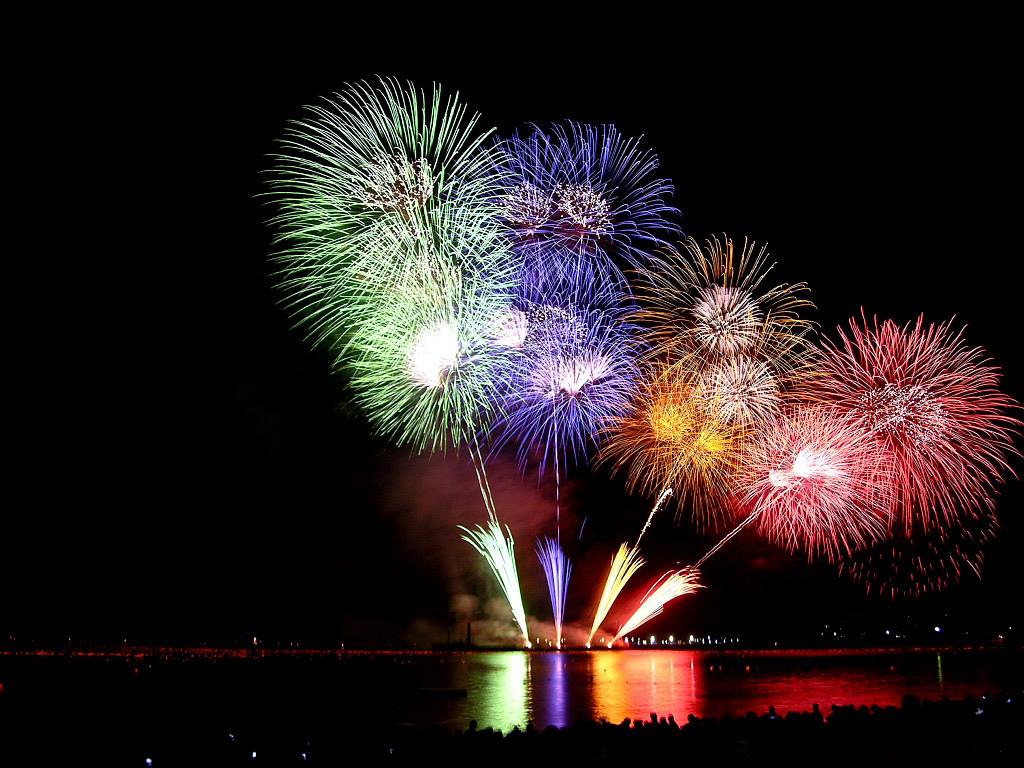
Important Info: 2019 Madison Fireworks
by DC Gabe Balsamo in General, Safety Tips
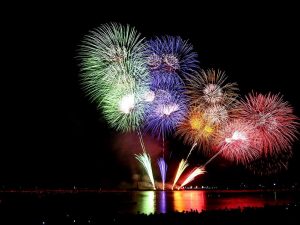
Important Event Information from the Town of Madison:
Free Shuttle Bus Service:
Durham School Services will provide school buses to and from the intersection of West Wharf Road and Surf Club Road and the following parking lots, beginning at 7:00 p.m.:
- Samson Rock Drive/Stop & Shop
- Railroad Station on Bradley Road
- Rt. 79 Commuter parking lot at I-95
Following the end of the fireworks, all busses will return commuters to these parking lots. Buses will run until all potential passengers are accommodated
Parking:
- No parking will be allowed at posted areas of West Wharf and Surf Club Roads. Permanent and temporary no parking areas will be enforced and vehicles found in a hazardous location will be subject to towing at the owner’s expense.
- West Wharf Beach parking lot will be cleared of vehicles from 10:00 a.m. to 12:00 Noon and again at 5:00 p.m. Vehicles may be towed at the owner’s expense.
- Vehicles parked at East Wharf Beach will not be allowed to leave the parking lot until all pedestrian traffic has cleared the area.
- Parking WILL be allowed on the north sides of Middle Beach Road, Middle Beach Road West and along Island Avenue (due to a large number of planned parties).
Road Closures and Traffic Control:
The following roads will be closed to vehicular traffic in the direction noted below at approximately 8:00 p.m.
- West Wharf Road (southbound)
- Surf Club Road (westbound)
- Middle Beach Road West (westbound)
- Island Avenue (southbound)
This closure may occur earlier if vehicle/pedestrian traffic levels are greater than normal.
Following the fireworks, Police Officers will direct traffic out of the Surf Club and other venues.
- Traffic leaving the Surf Club will be directed to form two outbound lanes.
- Vehicles in the northbound right lane of West Wharf Road will exit onto Route 1 eastbound (right); vehicles in the northbound left lane of West Wharf Road will exit onto Route 1 westbound (left)
- There will be no inbound traffic into the Surf Club until authorized by the senior Police officer on-scene
- No southbound traffic will be allowed on West Wharf Road.
|
|
Shuttle Bus & Parking: Madison Park-and-Ride Commuter Lot, off I-95 Exit 61 at CT Route 79/Durham Road in Madison, CT.
Surf Club Park: 87 Surf Club Road, Madison, CT
|
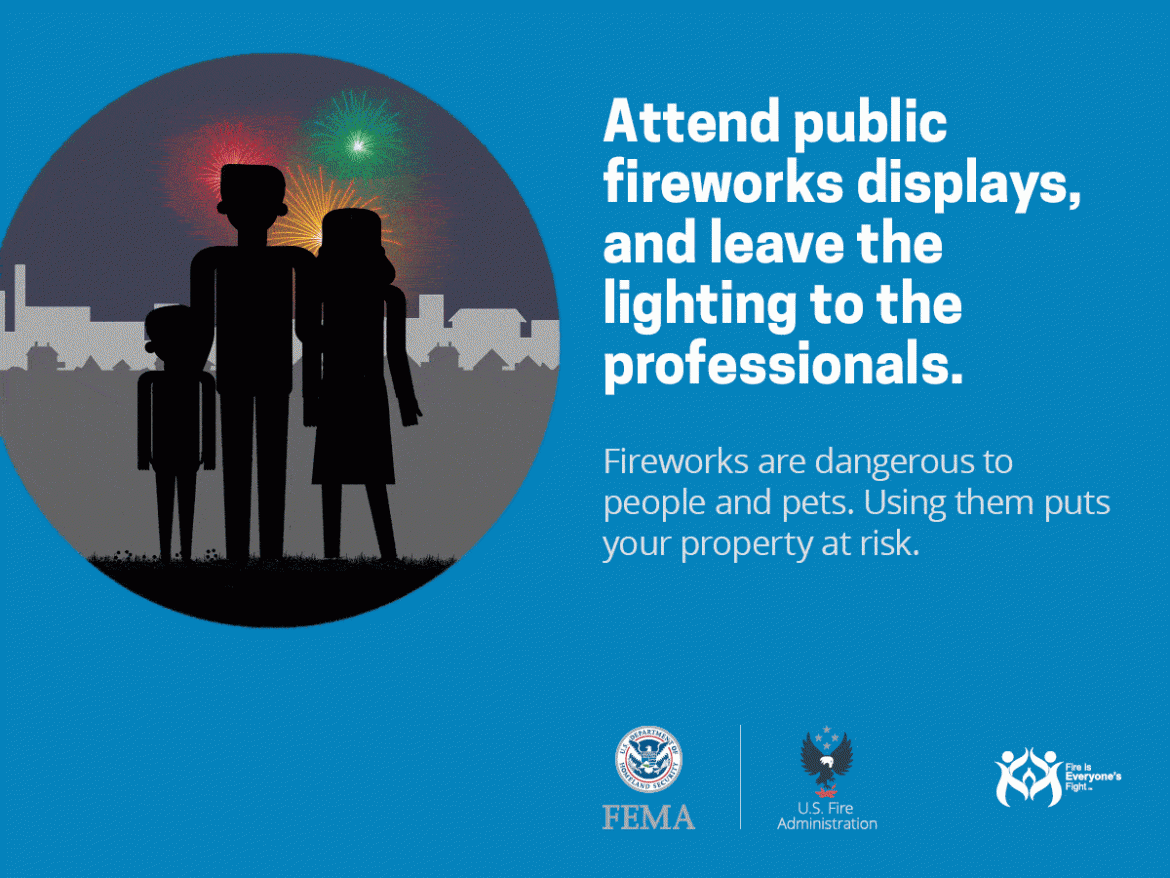
2019 Firework Safety
by DC Gabe Balsamo in General, Safety Tips
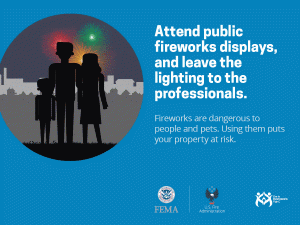
Every year, about 13,000 people are treated for injuries in hospital emergency departments due to the mishandling of live, misfired and waste consumer fireworks (CPSC Fireworks Information Center). In addition, fires resulting from fireworks cause over $20 million in direct property damage (NFPA).
The fire service must take a proactive stand to educate the public about the safe transportation, storage, use and proper disposal of these explosive devices.
“Consumer fireworks are defined as any small firework device designed to produce visible effects by combustion and which must comply with the construction, chemical composition, and labeling regulations of the U.S. Consumer Product Safety Commission.”
16 Code of Federal Regulations (CFR) Ch. II (1–1–02 Edition): PART 1507—FIREWORKS DEVICES
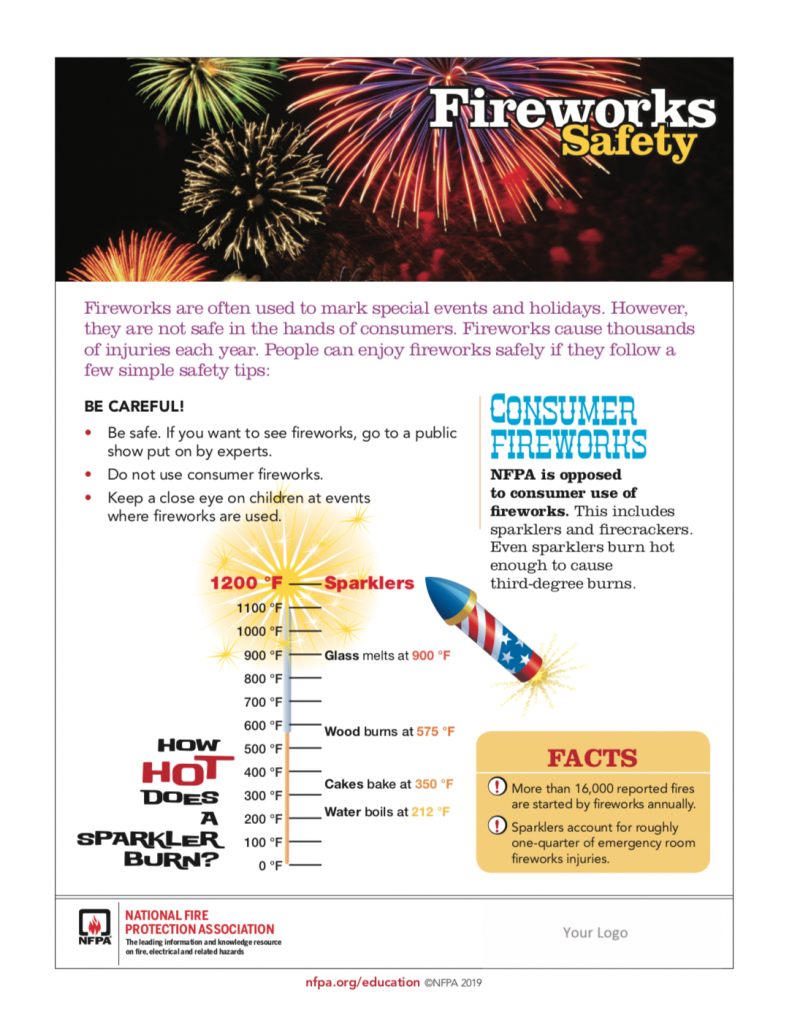

“Put a Freeze on Winter Fires”
by DC Gabe Balsamo in General, Safety Tips
Extremely cold temperatures across most of the country means plenty of space heaters are working overtime. Please pay close attention to your space heater’s surroundings. Check out these few tips below for more info.
Facts about home heating fires
- From 2013-2015, an average of 45,900 home heating fires occurred in the United States each year. These fires caused an annual average of approximately 205 deaths, 725 injuries and $506 million in property loss.
- Heating was the second leading cause of home fires after cooking.
- Home heating fires peaked in the early evening hours between 5 and 9 p.m. with the highest peak between 6 and 8 p.m. This four-hour period accounted for 29 percent of all home heating fires.
- Home heating fires peaked in January (21 percent) and declined to the lowest point from June to August.
- Confined fires — fires confined to chimneys, flues or fuel burners — accounted for 75 percent of home heating fires.
- Twenty-nine percent of the nonconfined home heating fires — fires that spread past the object of origin — happened because the heat source (like a space heater or fire place) was too close to things that can burn
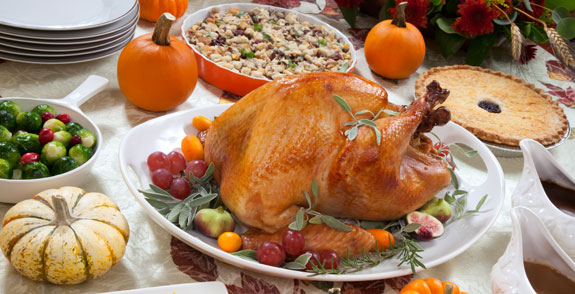
Thanksgiving Fire Safety 2017
by DC Gabe Balsamo in Safety Tips
For most, the kitchen is the heart of the home, especially during the holidays. From testing family recipes to decorating cakes and cookies, everyone enjoys being part of the preparations.
So keeping fire safety top of mind in the kitchen during this joyous but hectic time is important, especially when there’s a lot of activity and people at home. As you start preparing your holiday schedule and organizing that large family feast, remember, by following a few simple safety tips you can enjoy time with your loved ones and keep yourself and your family safer from fire.
Thanksgiving by the numbers
- Thanksgiving is the peak day for home cooking fires, followed by the day before Thanksgiving and Christmas Day. and Christmas Eve.
- In 2015, U.S. fire departments responded to an estimated 1,760 home cooking fires on Thanksgiving, the peak day for such fires.
- Unattended cooking was by far the leading contributing factor in cooking fires and fire deaths.
- Cooking equipment was involved in almost half of all reported home fires and home fire injuries, and it is the second leading cause of home fire deaths.

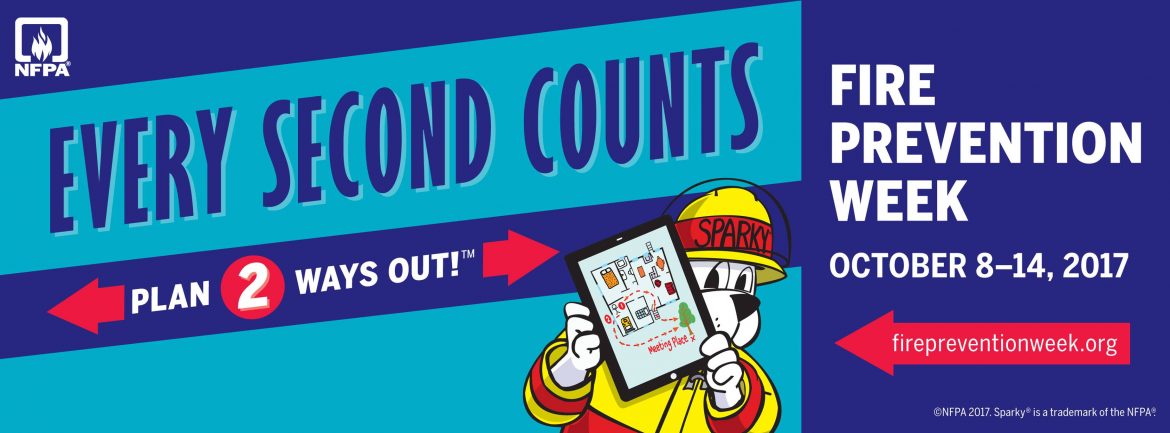
2017 Fire Prevention Week
by DC Gabe Balsamo in Company Events, Safety Tips

CONTACT INFORMATION:
Lieutenant Gabriel Balsamo
gabe.balsamo@nmvfc.org
You and your family are fast asleep when the smoke alarm sounds: Do you know what to do?
October 9, 2017 — Consider this scenario: It’s 2 o’clock in the morning. You and your family are fast asleep when you awaken to the smoke alarm sounding and the smell of smoke. What do you do? If you and your family don’t have a plan in place, it could jeopardize your safety, or even prove deadly.
In a typical home fire, you may have as little as one to two minutes to escape safely from the time the smoke alarm sounds. That’s why home escape planning is so critical in a fire situation. It ensures that everyone in the household knows how to use that small window of time wisely.
“Developing and practicing a home escape plan is like building muscle memory,” said David Cone, Chief of the North Madison Fire Company. “That pre-planning is what everyone will draw upon to snap into action and escape as quickly as possible in the event of a fire.”
This year’s Fire Prevention Week theme, “Every Second Counts: Plan 2 Ways Out!” works to better educate the public about the critical importance of developing a home escape plan and practicing it. The North Madison Fire Company is working in coordination with the National Fire Protection Association (NFPA), the official sponsor of the Fire Prevention Week for more than 90 years, to reinforce those potentially life-saving messages. Fire Prevention Week is October 8-14, 2017. We will be ending the week with our annual open house on Sunday, October 15 from 11-2pm!
“Home escape planning is one of the most basic but fundamental elements of home fire safety, and can truly make the difference between life and death in a fire situation,” said Lorraine Carli, NFPA’s vice president of Outreach and Advocacy.
In support of Fire Prevention Week, Lt. Balsamo encourages all Madison households to develop a plan together and practice it. A home escape plan includes working smoke alarms on every level of the home, in every bedroom, and near all sleeping areas. It also includes two ways out of every room, usually a door and a window, with a clear path to an outside meeting place (like a tree, light pole, or mailbox) that’s a safe distance from the home.
NFPA and the North Madison Fire Company offer these additional tips and recommendations for developing and practicing a home escape plan:
- Draw a map of your home with all members of your household, marking two exits from each room and a path to the outside from each exit.
- Practice your home fire drill twice a year. Conduct one at night and one during the day with everyone in your home, and practice using different ways out.
- Teach children how to escape on their own in case you can’t help them.
- Make sure the number of your home is clearly marked and easy for the fire department to find.
- Close doors behind you as you leave — this may slow the spread of smoke, heat, and fire.
- Once you get outside, stay outside. Never go back inside a burning building.
For more information about Fire Prevention Week or to learn more about this year’s Fire Prevention Week campaign, “Every Second Counts: Plan 2 Ways Out” and home escape planning, visit firepreventionweek.org.
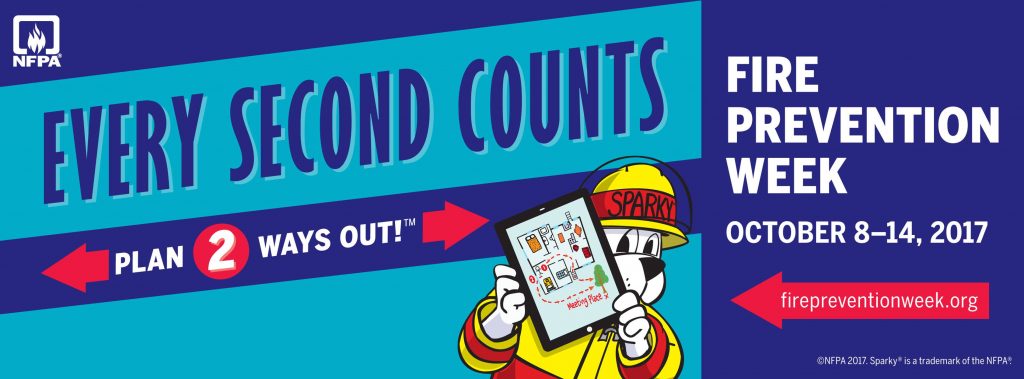
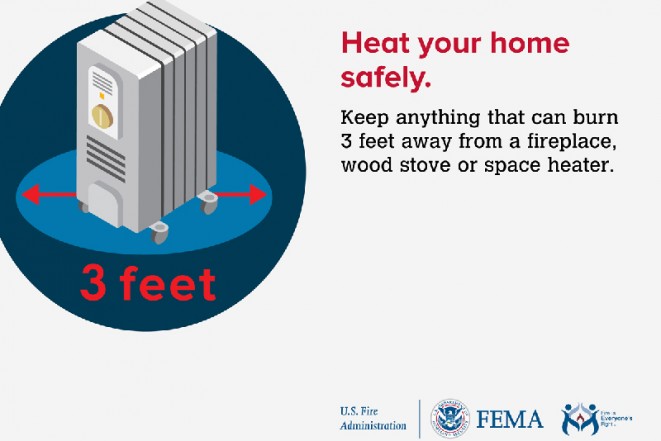
Winter Indoor Fire Safety Tips
by DC Gabe Balsamo in Safety Tips

More fires happen in the winter months than any other time of the year. During the cold months, we spend more time indoors and use different methods to heat our homes.
It is important to keep fire safety in mind when you are heating your home.
If you are using a portable heater:
- Make sure the heater has an automatic shut-off so if it tips over, it shuts off.
- Keep anything that can burn such bedding, clothing and curtains at least 3 feet from the heater.
- Plug portable heaters directly into wall outlets. Never use an extension cord or power strip.
- Turn heaters off when you go to bed or leave the room.
If you are using a fireplace:
- Keep a glass or metal screen in front of the fireplace to prevent embers or sparks from jumping out and starting a fire.
- Do not burn paper in your fireplace.
- Before you go to sleep or leave your home put the fire out completely.
- Put ashes in a metal container with a lid. Store the container outside at least 3 feet from your home.
If you are using a wood stove:
- Have your chimney inspected and cleaned each year by a professional.
- Keep anything that can burn at least 3 feet from the stove.
- Do not burn paper in your wood stove.
- Before you go to sleep or leave your home, put the fire out completely.
When heating your home, you need to be aware of carbon monoxide. Carbon monoxide, also known as CO, is called the “invisible killer” because it’s a colorless, odorless, and poisonous gas. More than 150 people in the U.S. die each year due to accidental CO poisoning from generators or fuel-burning appliances such as furnaces, stoves, water heaters and fire places. Breathing CO at high levels can kill you.
Put CO alarms inside your home to provide an early warning of increasing CO levels. These alarms should be placed in a central location outside each sleeping area and on every level of your home.
As always, make sure you have a smoke alarm on every level of your home, inside bedrooms and outside sleeping areas. Test your alarms every month. Have a home fire escape plan and practice your plan at least twice a year. Make sure everyone knows how to escape your home if there is a fire.
For more information on heating fire safety, go to the U.S. Fire Administration.
Read more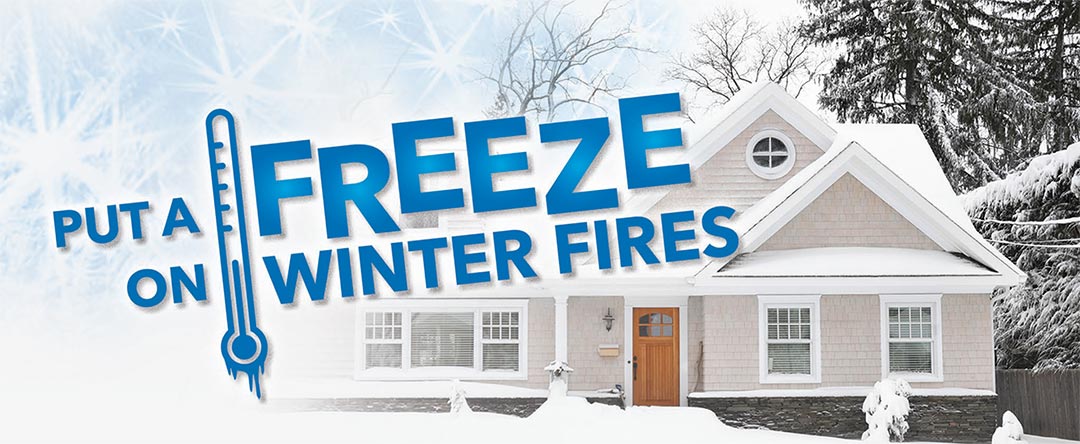
2016 Holiday Fire Safety Information
by DC Gabe Balsamo in Safety Tips
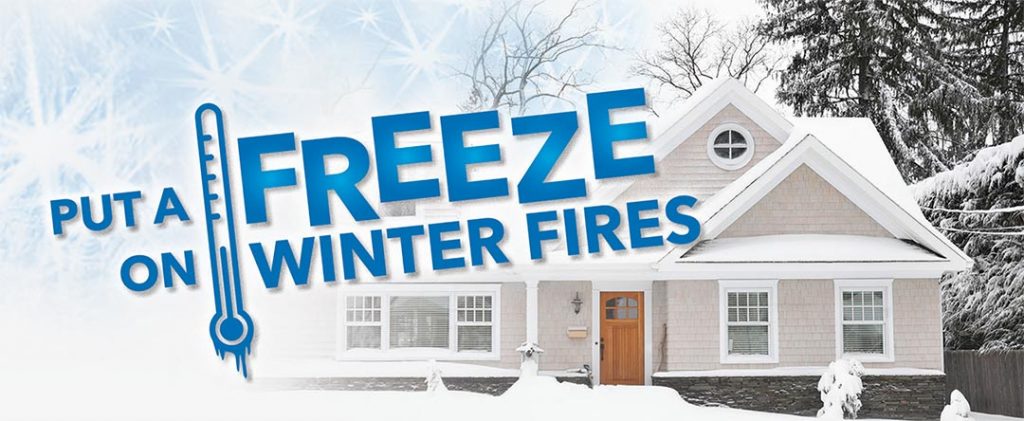
It is fun to decorate for the winter holidays, but holiday decorations can increase your risk of a home fire. As you deck the halls this season, be fire smart.
When you’re decorating with live trees, make sure you keep the tree watered. If a dry tree comes in contact with a flame, it can catch on fire in fewer than 10 seconds and spread quickly throughout your home. Take a minute to watch this video which shows the difference between a dry and watered tree, https://www.youtube.com/watch?v=AZk4vIXCnc8
Here are a few tips to keep your holiday decorations bright and safe:
- Choose the freshest tree you can find. Check to see if the needles stay when you gently pull on a branch.
- After making a fresh cut on the trunk and placing the tree in a stand, fill the stand’s water basin. Make sure you water your tree every day. Keep electrical cords and lights away from the water.
- Choose holiday decorations that are flame resistant or flame retardant.
- Choose holiday lights with a label from an approved testing laboratory, such as UL, and throw away any frayed or damaged light strands.
- Place your tree at least three feet from heat registers, space heaters, and fireplaces.
- If you decorate with candles, make sure they are at least three feet away from anything that can burn.
- Consider using battery-operated flameless candles, which can look, smell and feel like real candles.
Learn more at USFA website.
Read more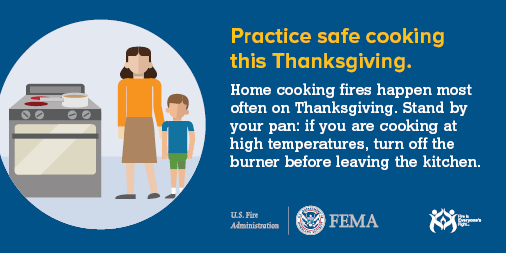
Thanksgiving Home Cooking Fire Safety
by DC Gabe Balsamo in Safety Tips
As you plan your Thanksgiving menu don’t forget about fire safety.
Did you know Thanksgiving is the peak day for home cooking fires? The number of home fires double on Thanksgiving. So, let’s add a pinch of fire safety to the menu.
Keep these safety tips in mind as you prepare your meal.
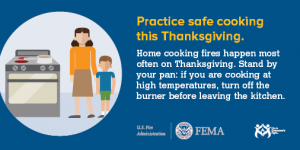
Turkey:
If you are roasting your turkey, make sure you set a timer. This way, you won’t forget about the bird as you watch the parade or football.
If you are frying your turkey,
- Use a fryer with thermostat controls. This will ensure the oil does not become over heated.
- Thaw your turkey completely. Ice on the bird will cause the oil to splatter.
- Don’t overfill the pot with oil. If you do, the oil will overflow when you add the turkey causing a fire hazard.
- Keep children and pets at least three feet away from the fryer.
- Also, always use the fryer outdoors.
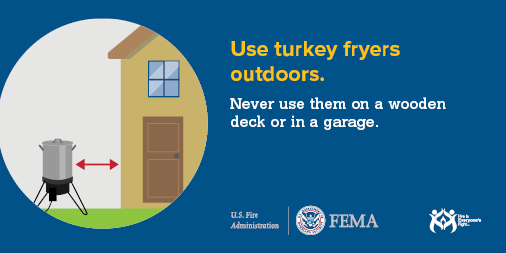
Stuffing and Potatoes:
Stand by your stove when you are boiling your potatoes or frying onions for stuffing. It is best to stay in the kitchen when you are frying, boiling or broiling. If you are in the kitchen, it is easier to catch spills or hazardous conditions before they become a fire.
Vegetables:
- Keep the area around the stove clear of packaging, paper towels, and dish cloths; anything that can burn.
- Be sure to clean up any spills as they happen.
- Be prepared. Keep a large pan lid or baking sheet handy in case you need to smother a pan fire.
- Turn pot handles towards the back of the stove so you don’t bump them.
By following these safety tips, you will have a delicious and fire safe Thanksgiving. Let the firefighters have dinner with their families, not yours.
Read more
